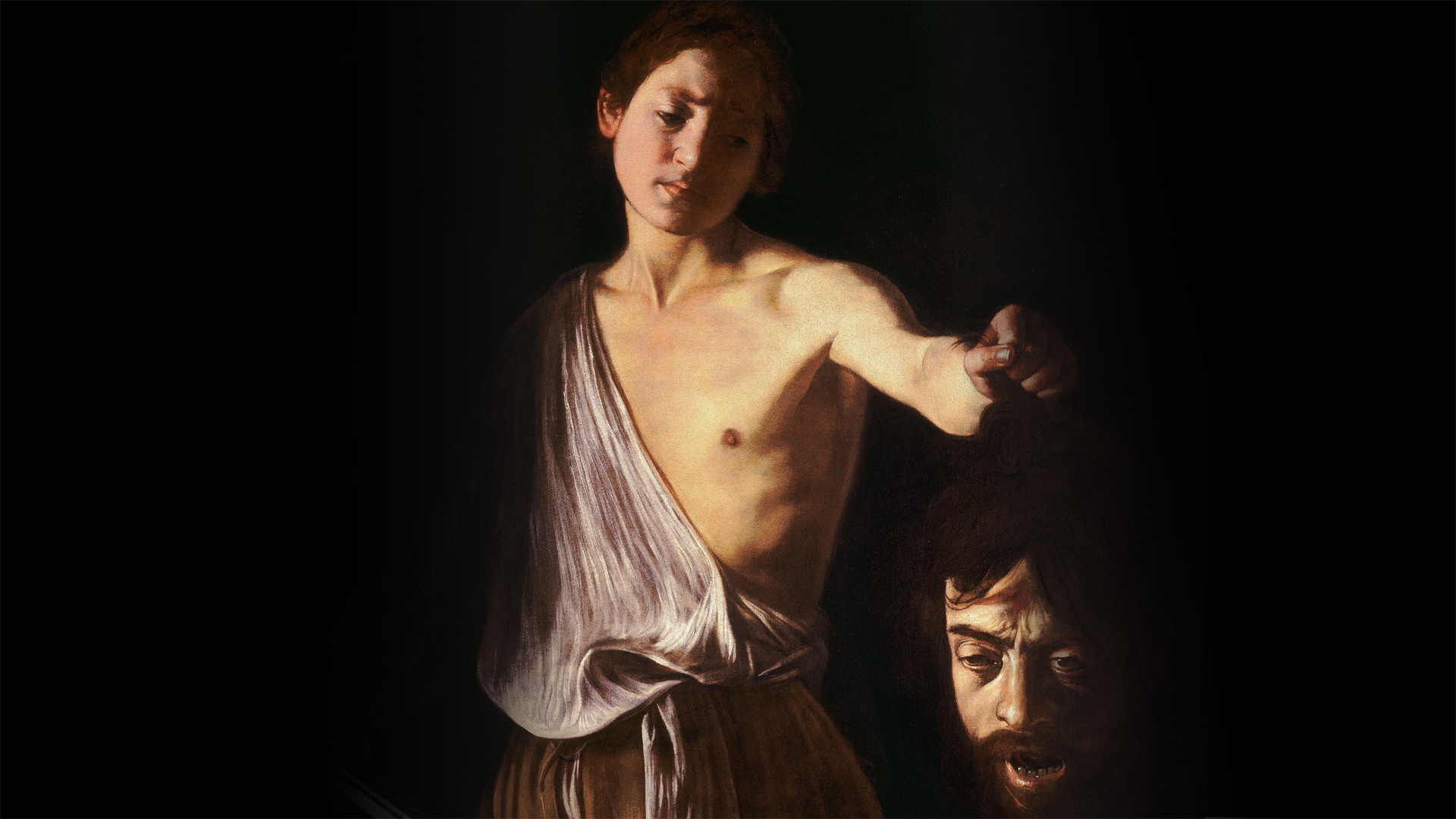Michelangelo Merisi, known more commonly as Caravaggio, was an Italian painter credited for single-handedly creating the Baroque style of art. Known for his intense realism imbued with chiaroscuro, and dramatic contrasts of light and dark, he was a defining character in Italian art, artistically propelling the country forward with his emotionally charged artworks.
Born in Milan in 1571, Caravaggio got his name from the northern Italian town his family moved to when he was a child to escape a deadly plague. His father died shortly after in 1577, and his mother seven years later in 1584. That same year, he was apprenticed to Simone Peterzano, a Lombard painter, for four years.

In 1592, at the age of 21, he moved to Rome, then the center of Italy’s artistic life, where he focused on painting still lifes such as fruits and flowers, which he sold on the street. With no money and connections, he carved a name out for himself in a city saturated with artists.
Over time, Caravaggio was granted several contracts to work in several chapels throughout Rome, which amplified his fame. While he was quickly becoming the most prolific artist in Rome, some of his works were rejected for being controversial and vulgar at the time. Many of Caravaggio’s artworks dealt with graphic depictions of death and sex, which were rejected primarily by the church. These polarizing themes, coupled with his groundbreaking chiaroscuro technique and use of everyday people as models for religious and mythological scenes, effectively cemented Caravaggio as a visionary ahead of his time.

And while he was experiencing incredible success in his career, Caravaggio was also known for his disorderly conduct. He was often brawling with peers and the police, which resulted in numerous arrests and an extensive police record. In 1606, his reckless behavior came to a head when he dueled with a romantic rival. Caravaggio pierced his opponent’s femoral artery with a sword, causing him to die shortly after. As a result, he was outlawed from Rome and made to flee to Naples.
Over the course of the last years of his life, Caravaggio bounced between Naples, Malta, and Sicily. He died in Porto Ercole, a town in Tuscany, on July 18, 1610, at the age of 39. His use of realism and chiaroscuro became a defining characteristic of Baroque art, and he remains one of the most enduring and iconic leading figures in the history of Italian art.
Asia London Palomba
Asia London Palomba is a trilingual freelance journalist from Rome, Italy. In the past, her work on culture, travel, and history has been published in The Boston Globe, Atlas Obscura, The Christian Science Monitor, and Grub Street, New York Magazine's food section. In her free time, Asia enjoys traveling home to Italy to spend time with family and friends, drinking Hugo Spritzes, and making her nonna's homemade cavatelli.

